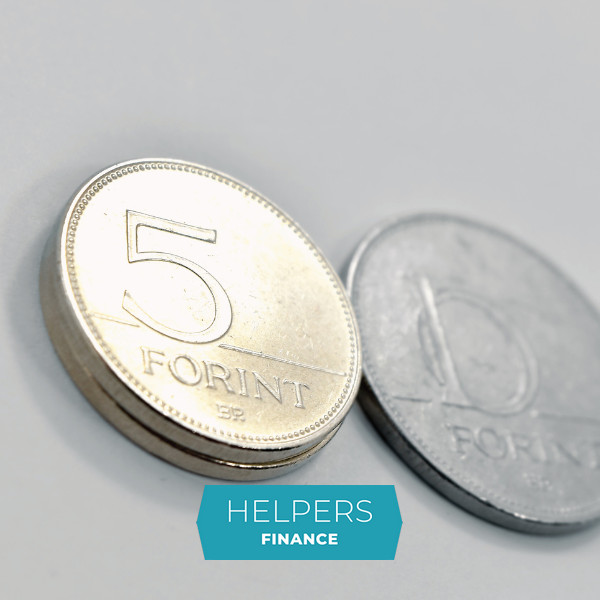
Impending global stagflation and its effects on your business
Stagflation is when economic growth slows down while inflation continues to increase. Developments of the last few years, most prominently the COVID pandemic and the war in Ukraine are making stagflation an increasing possibility. What do projections say, and how can you best prepare your Hungarian business?
Stagflation is when economic growth slows down while inflation continues to increase. Developments of the last few years, most prominently the COVID pandemic and the war in Ukraine are making stagflation an increasing possibility. What do projections say, and how can you best prepare your Hungarian business?
Factors leading towards stagflation
The coronavirus pandemic that started more than 2 years ago caused disruptions in supply chains, fluctuations in supply and demand, unemployment, and decreased spending power. The world had still not recovered from its lasting effects when Russia attacked Ukraine at the end of February. Since then, various sanctions have been introduced against Russia. However, Russia is a major global supplier of crude oil (12%) and natural gas (17%), and now nations worry that Russian supply might discontinue. Shortage of these may become serious contributors to an increase to inflation.
These two parallel processes, the deceleration of economic growth and the acceleration of inflation might very well lead to stagflation in the second half of 2022.
TIGER forecasts stagflation for H2 2022
TIGER is the Tracking Index for the Global Economic Recovery, created by the Brookings Institution and the Financial Times magazine. TIGER is published twice a year, and it compares indicators of current economic activity as well as market and investor confidence with historic averages of the same indicators.
Analysts suggest that the year will bring considerable shifts in international politics, and that inflationary pressures are going to increase over the coming months. At the same time, economic growth may decelerate, and consumer confidence may continue to decrease. Avoiding stagflation would need combined and coordinated efforts of national governments, banks, and investors in maintaining economic growth on a sustainable level. One possible path is an increased focus on investments in infrastructure, which promise long-term returns.
Forecasts in numbers
Fitch Ratings have also adjusted their forecasts for the coming years. Now their projection for global economic growth in 2022 is 0.7% lower than it was last quarter (only 3.5%, compared to the previous 4.2%), and for 2023 it is 0.2% lower (only 2.8% compared to the previous 3%). In the euro zone, projected growth for 2023 decreased even more, by 1.5% (from 4.5% to 3%).
The European Bank for Reconstruction and Development offers similar projections for Europe. Because of the war in Ukraine, it has published a special update to its projections, lowering its yearly forecast for growth by 2.5% (from 4.2% to 1.7%). Their updated forecast for GDP growth in Hungary is lowered by 1.3% (from 4.8% to 3.5%).
Individual steps in an uncertain business environment
Whether we reach stagflation or not, global trends are detectable in local processes. While global economy slows down and inflationary pressures grow, you should expect the business environment to become more uncertain with decreasing profit margins and an increasing risk of partners losing liquidity. Under such circumstances, having precise and up-to-date information about your finances is essential to make informed decisions at all times.
The accounting services by Helpers Finance offer just that, with a special focus on small and mid-sized Hungarian enterprises with a foreign owner. If you want to start taking advantage of our services, contact us today.
DISCLAIMER: The information on this page is provided as general information only and it reflects the personal opinion of the authors. Nothing on this website constitutes investment advice or an investment offer as defined by Act CXXXVIII of 2007 (“Investment Service Act”), 4.§. (8) and (9). The content should not be used for financial or investment decisions, and it is not a personalized investment analysis. The information is provided without warranty of any kind. The authors, publishers and editors take no responsibility for any direct and indirect damage resulting from the use of the content of this site.
Contact
Get in touch today
Monday - Friday
9am - 5pm CET
Helpers Finance Kft.
Budapart Gate
Dombóvári út 27
Budapest 1117, Hungary
If you’re visiting us, please use entrance A and come to the 2nd floor.



